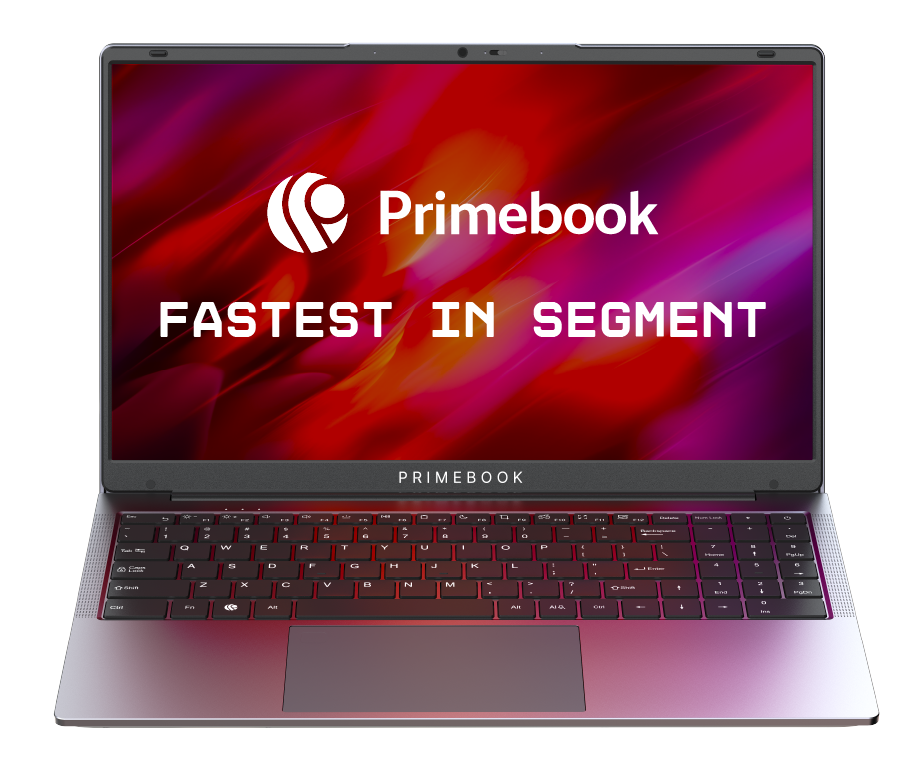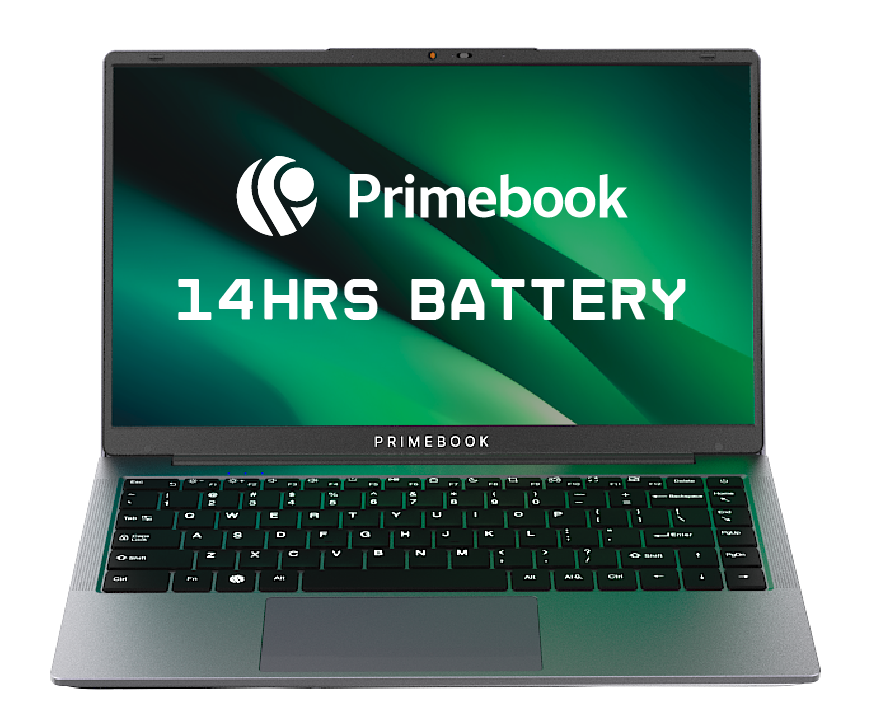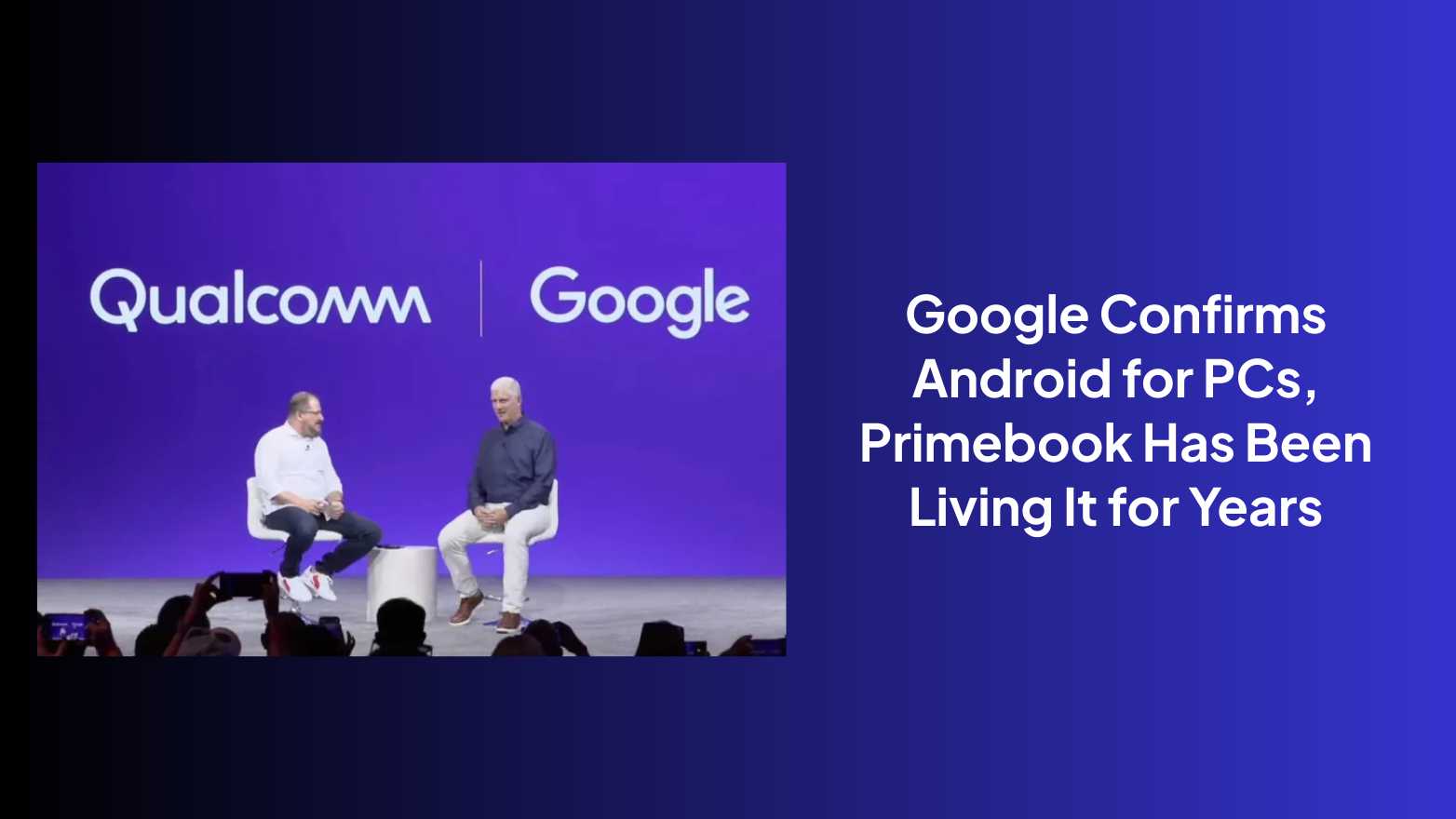Blogs / Trendy Tech Talks / Top Augmented Reality (AR) Examples Across Industries So Far
Blogs / Trendy Tech Talks / Top Augmented Reality (AR) Examples Across Industries So Far

Ananya Dasgupta
24 Jan 2024

Top Augmented Reality (AR) Examples Across Industries So Far
From novelty to necessity, augmented reality (AR) has come a long way, transforming how we interact with content, shop online, and experience the world around us. BusinessWire affirms that over 1.4 billion people worldwide are using AR-enabled devices. Meanwhile, Grand View Research states that the global augmented reality market is likely to reach $120.29 billion by this year, 2025.
Such a transformation is visible because AR usage is no longer limited to gaming and entertainment, but has also spread to fashion, home decor, and the FMGC sector. This blog will walk you through the most groundbreaking examples of augmented reality so far, offering a lens into how AR technology is layering digital elements onto your physical surroundings and subtly reshaping everyday experiences.
1. Pokémon GO Game
Launched in 2016 by Niantic, Pokémon GO was the first global phenomenon to bring augmented reality into our everyday public spaces. With the combination of geolocation and mobile AR, this game enabled players to catch Pokémon characters layered onto their real-world environment using their smartphone cameras.
It wasn’t just nostalgia and novelty that made this game so popular, but the seamless blend of physical exploration with digital gameplay. Shopping malls, parks, and streets became interactive areas for social interaction, outdoor activities, and brand tie-ins. As of 2025, Pokémon GO has generated around $7.9 billion in lifetime revenue. It stands as an example of how mainstream mobile AR integrated into the real world works at scale!
2. Pizza Hut’s PAC-MAN Game
In 2021, Pizza Hut partnered with Bandai Namco to bring a nostalgia-invoking augmented reality campaign called Tastemaker PAC-MAN. This campaign transformed an ordinary pizza box into an interactive gaming surface where AR innovation merges with retro gaming.
The pizza boxes were designed with a PAC-MAN maze and had a scannable QR code. When the QR was scanned via a smartphone, the AR version of classic PAC-MAN got activated to be played directly on the box surface. It’s an example of how augmented reality can gamify physical products and packaging, enhance brand storytelling, and improve customer engagement with memorable moments.
Also Read: Augmented Reality Vs. Virtual Reality
3. Spider-Man: Into the Spider-Verse’s Promotion
The promotion of Spider-Man: Into the Spider-Verse, rolled out in 2018 by Sony Pictures, was a pioneering example of a WebAR campaign. Sony leveraged a smartphone web browser to deliver an instant augmented reality experience, allowing fans to access the Spider-Verse universe without the need to download any app.
In this WebAR campaign, fans could invite Miles Morales, the film’s main character, into their own living rooms through their mobile cameras, interact with the 3D Spider-Man model, pose for photos, and share the snapshots across social media. It proved that augmented reality is a powerful and scalable tool for mass-market movie promotions, blending storytelling, technology, and social sharing seamlessly.
Also Read: Role of Virtual Reality in Classroom Education
4. Vyking’s Shoe Trial
Augmented reality expanded into retail with Vyking emerging as the pioneer in transforming how people shop for shoes online. There was an AR-powered virtual try-on technology that allowed users to visualise sneakers and shoes straightaway on their feet through their smartphone, all without having to visit a physical store.
Vyking's AR solution uses real-time foot tracking and 3D product visualization, enabling shoppers to move, rotate, and view footwear from different angles before making a purchase decision. It dramatically reduced buyer hesitation and enhanced customer confidence in online shopping experiences.
5. Wayfair’s Furniture Trial
One of the world's leading online furniture retailers, Wayfair, was an early adopter of AR-powered shopping experiences. In 2017, they leveraged Apple’s ARKit alongside Safari’s AR Quick Look to introduce a virtual furniture placement tool that let customers visualize couches, tables, and décor directly in their own rooms through their smartphone cameras.
This innovation allowed buyers to analyse accurate placement and assess aesthetics before committing to a purchase. Later, Wayfair enhanced its AR features with body occlusion and environmental occlusion technologies, making virtual objects realistically interact with the physical environment.
6. Google Maps Live View
Although Google Street View introduced users to 360-degree panoramic images back in 2007, its Maps Live View brought augmented reality into everyday navigation. Launched in 2019 and continuously upgraded through 2024–2025, Live View uses smartphone cameras, GPS, and AR overlays to place digital arrows and directions directly onto the real-world view on your screen.
This feature significantly improves wayfinding accuracy, especially for pedestrians navigating unfamiliar cities, campuses, and event spaces. While Google has not released specific success rate statistics, Live View has been widely praised for making pedestrian navigation easier, more intuitive, and faster, particularly in complex urban landscapes.
To conclude, augmented reality is no longer a futuristic concept confined to science fiction, it’s an active part of how brands engage consumers, how people navigate cities, and how industries deliver better digital experiences. As adoption grows, the next wave of AR innovation will likely be even more seamless, blending commerce, entertainment, education, and everyday life. The examples mentioned above show that augmented reality isn't just about wow-factor technology; it’s about creating real value, like simplifying choices, enhancing storytelling, deepening connections, and enriching how we experience the world.


 Related Blog
Related Blog









